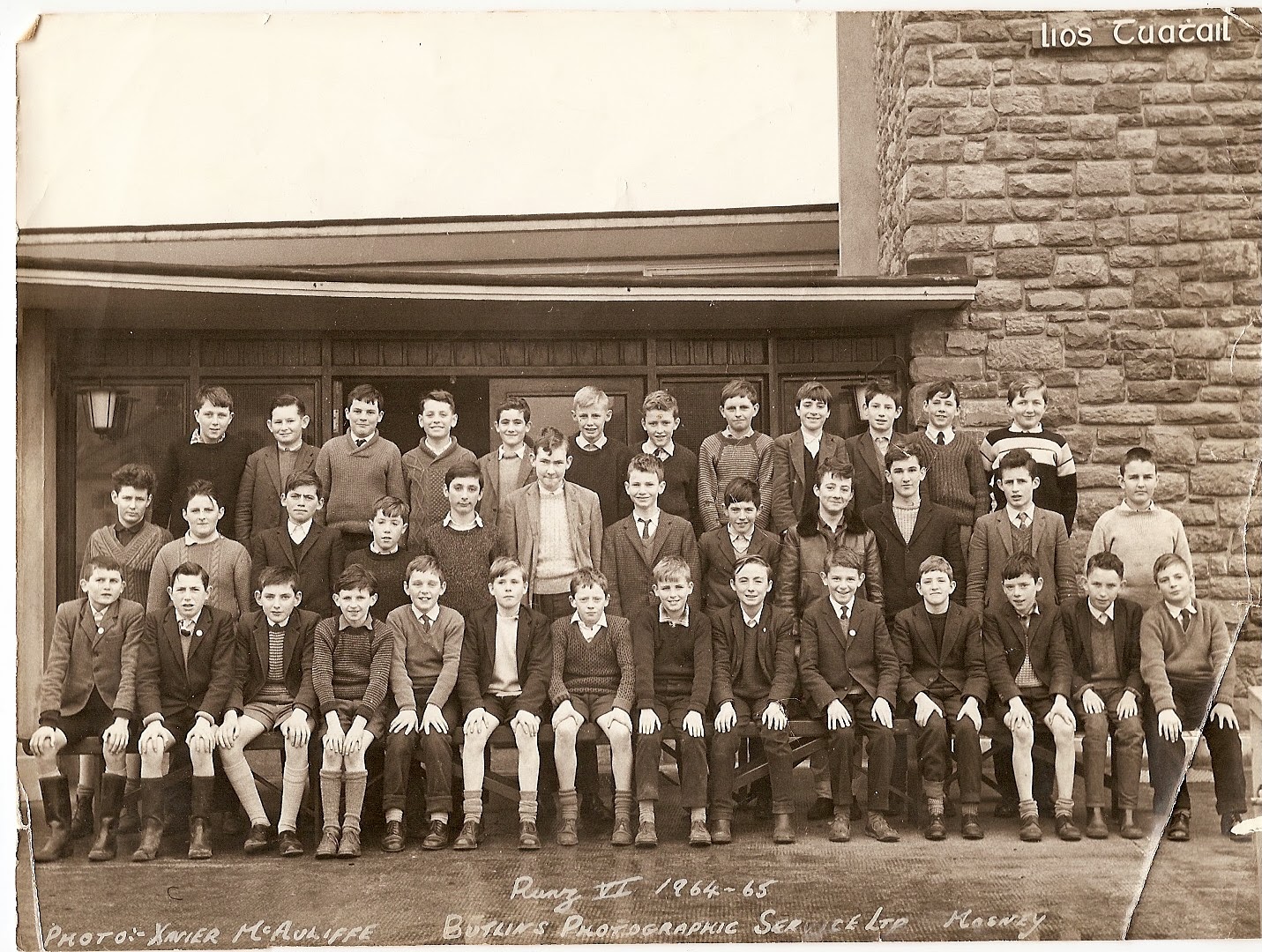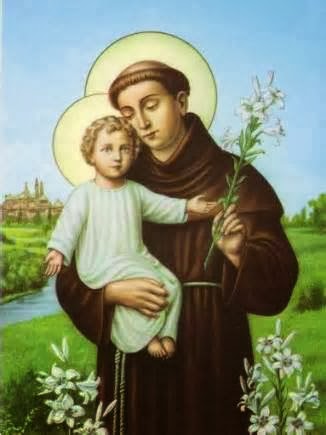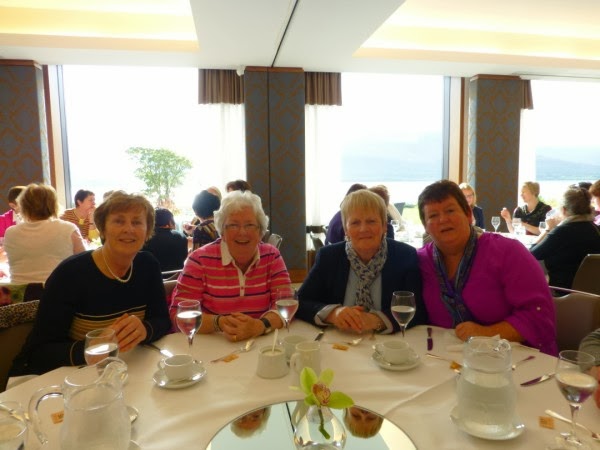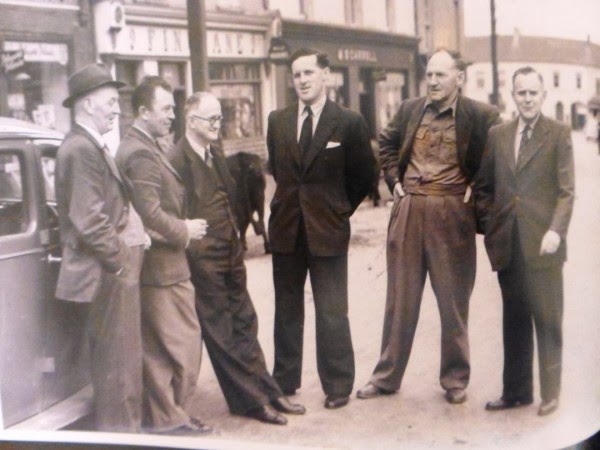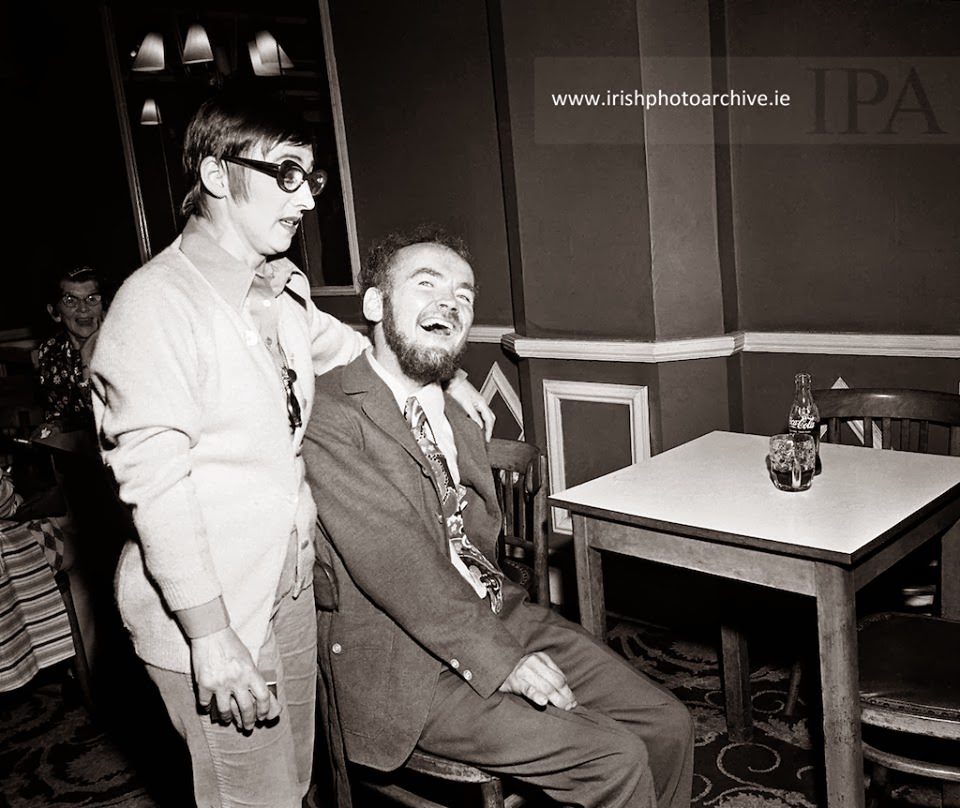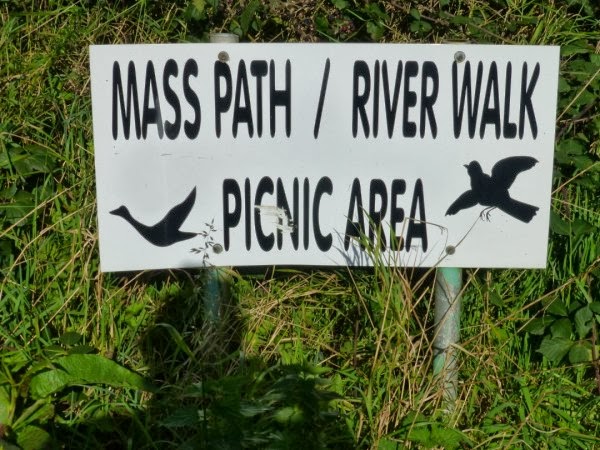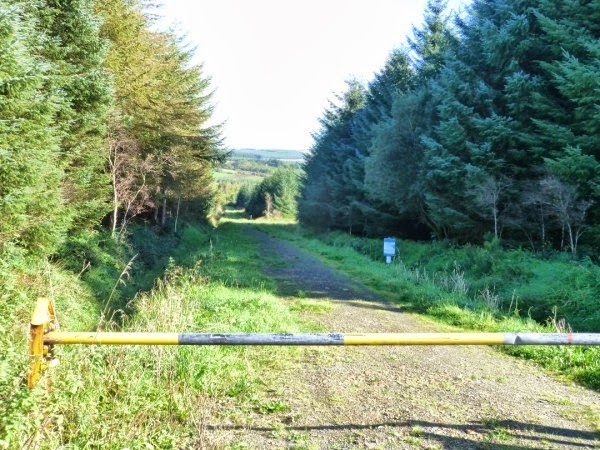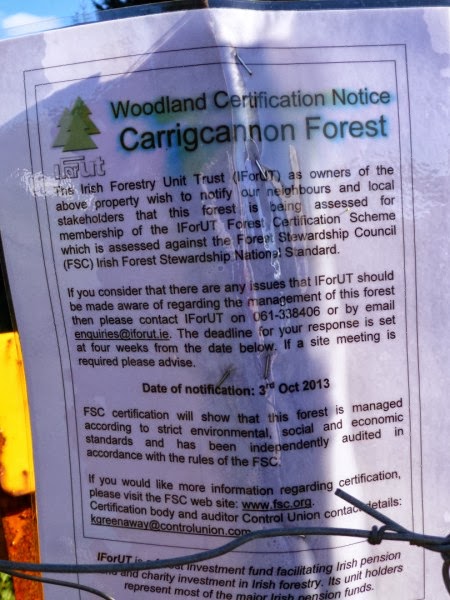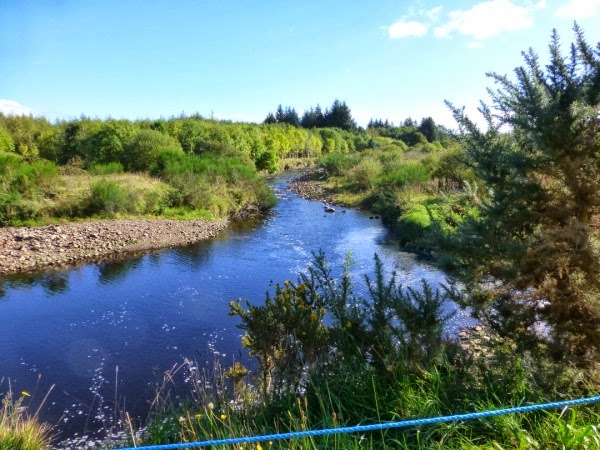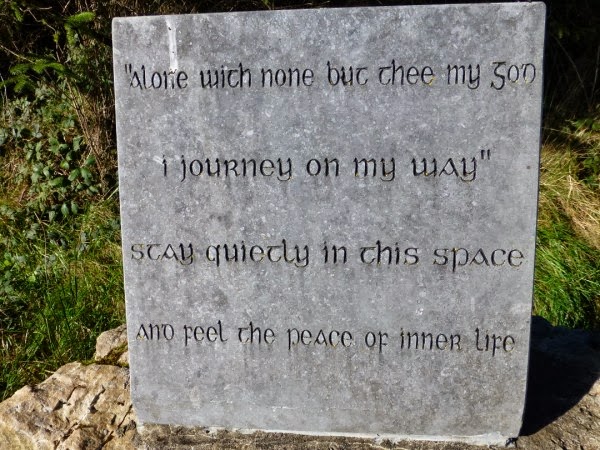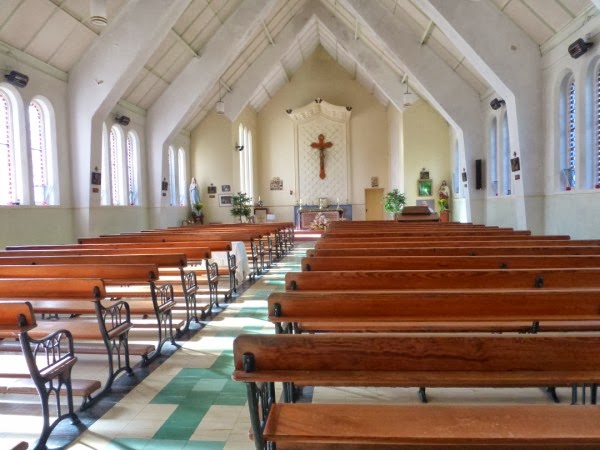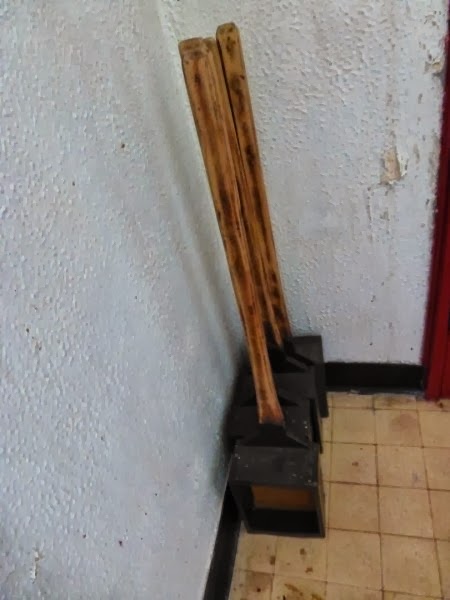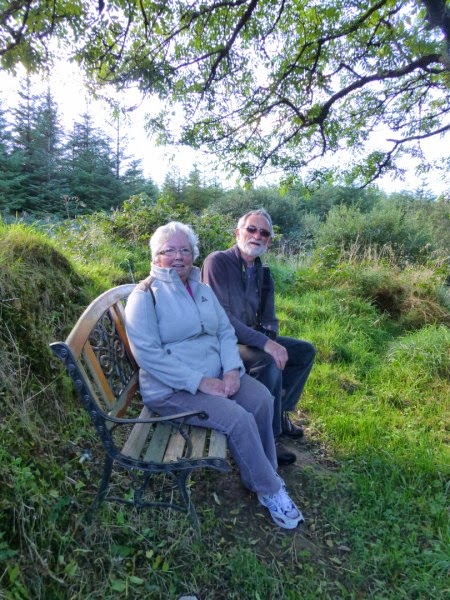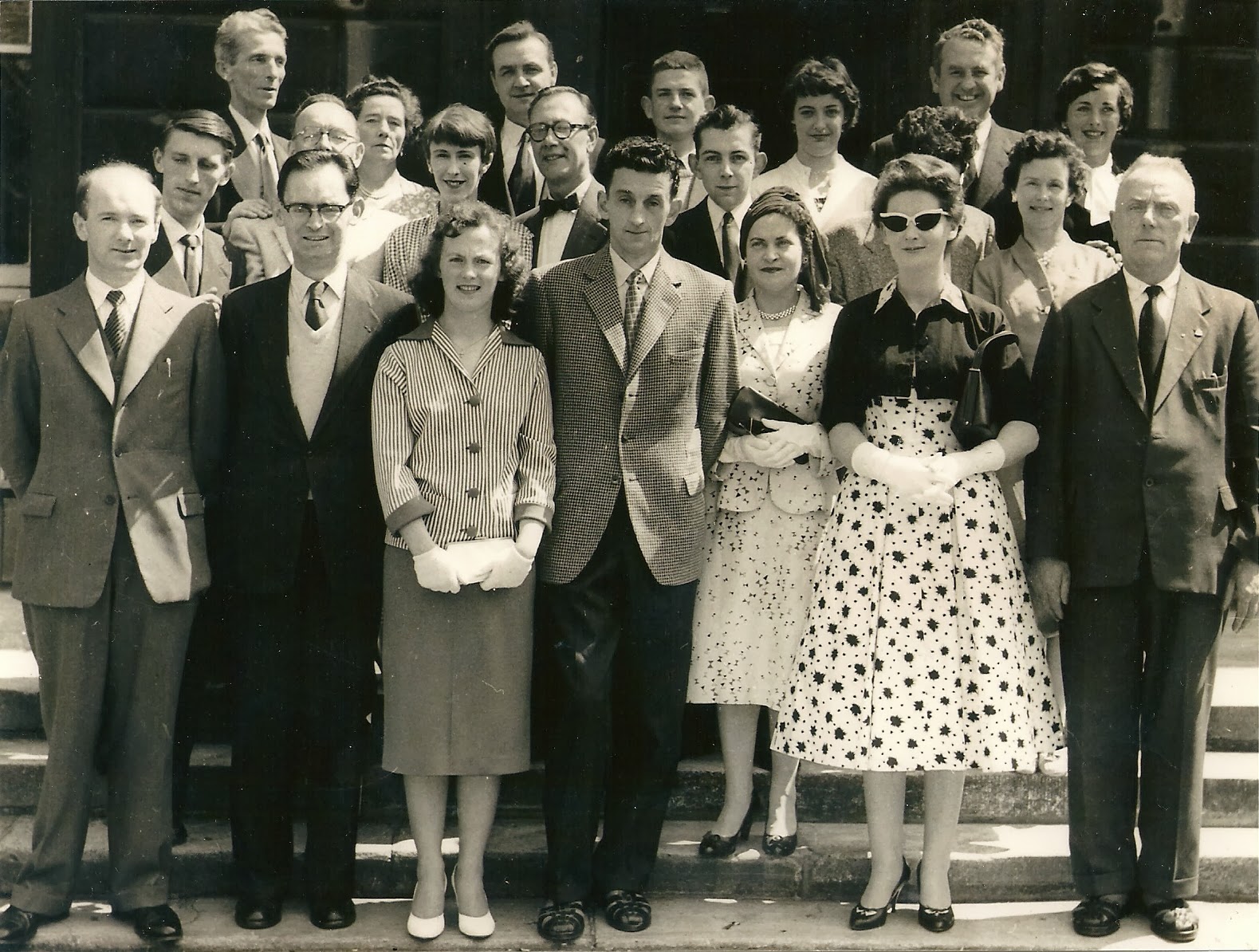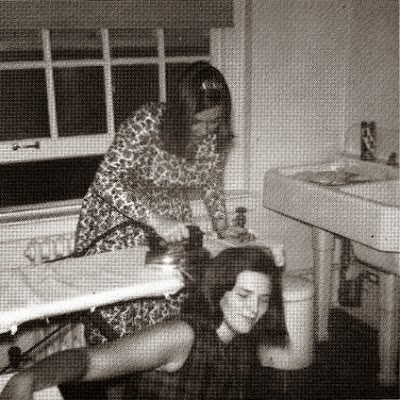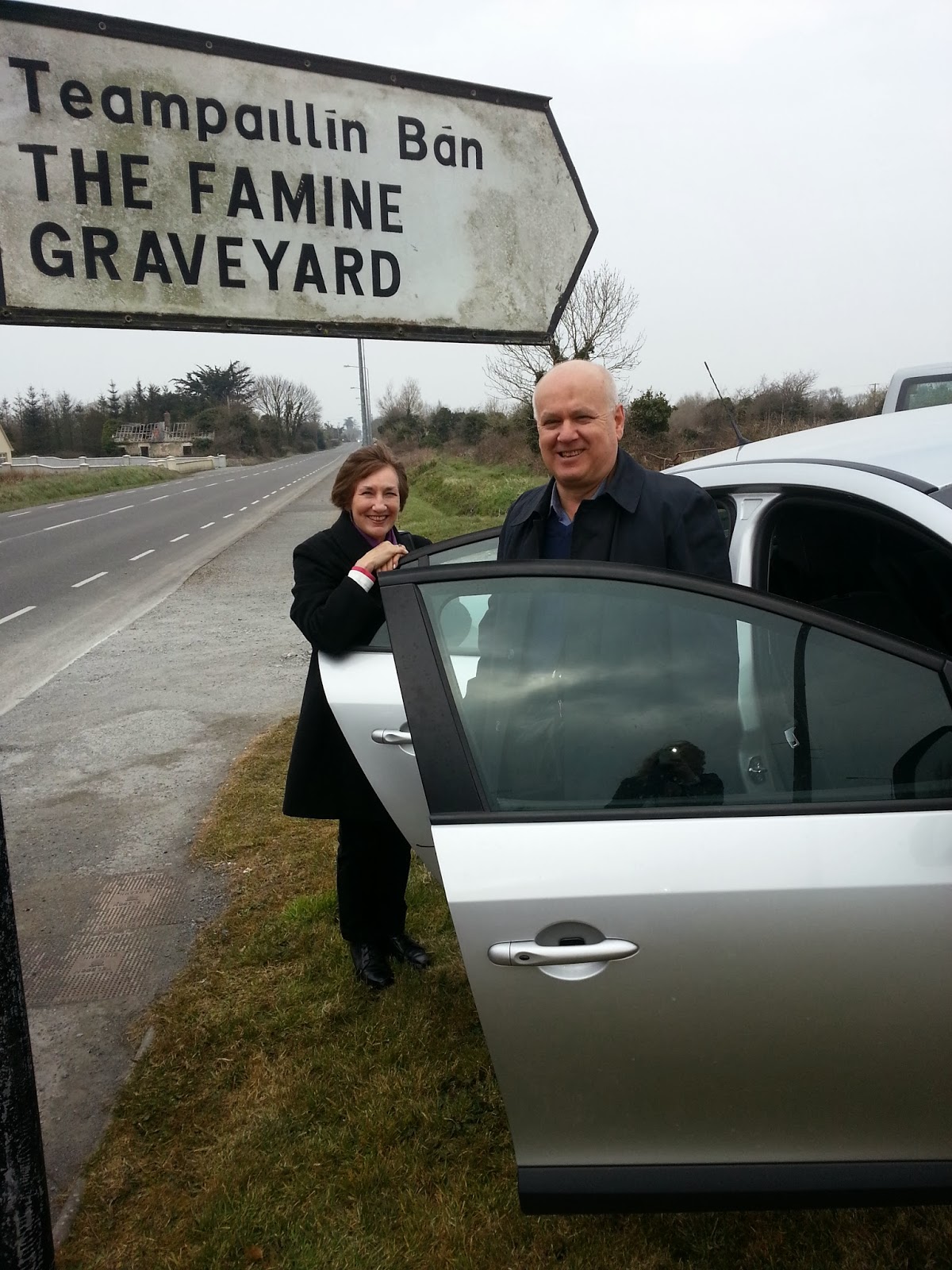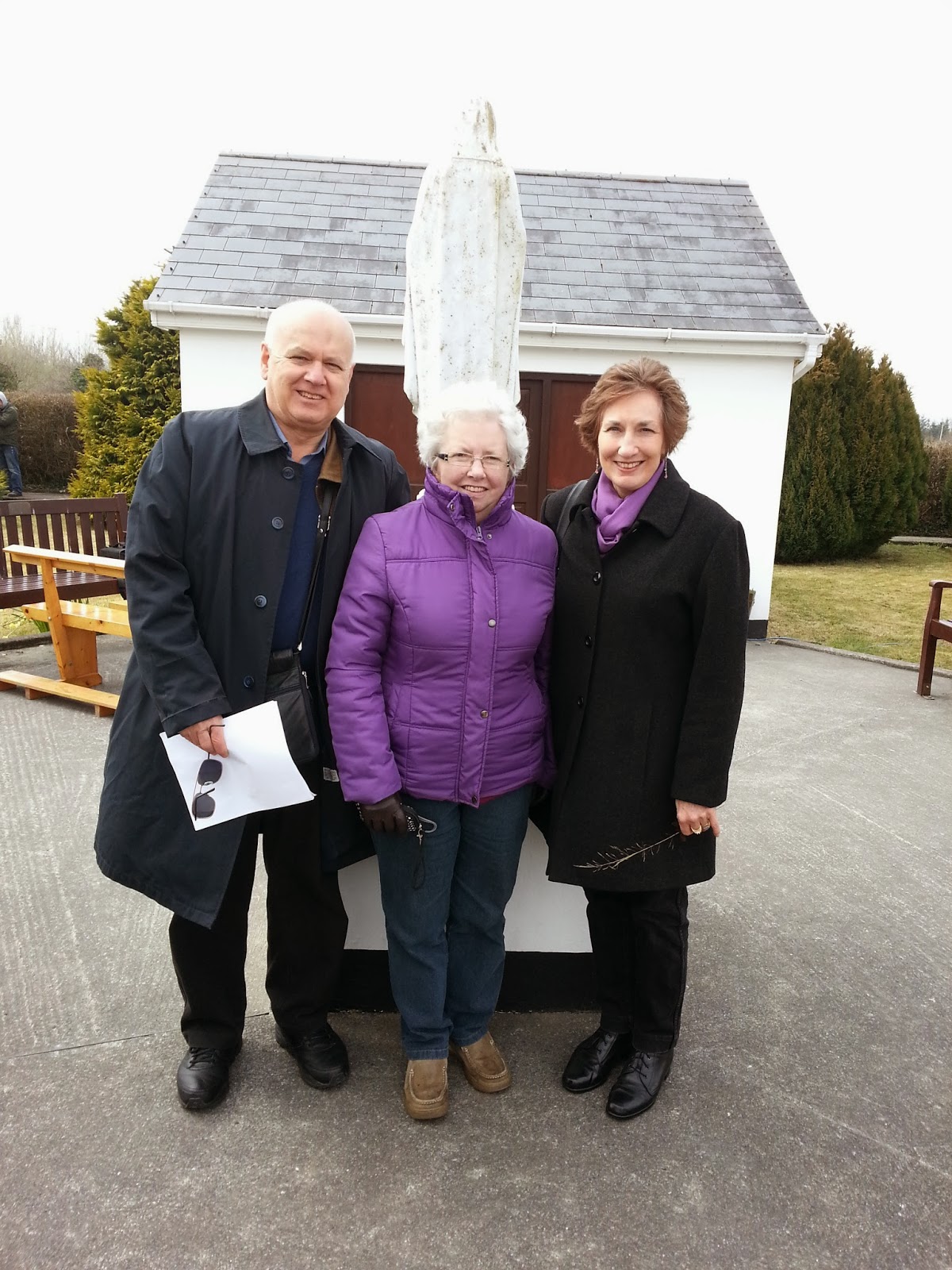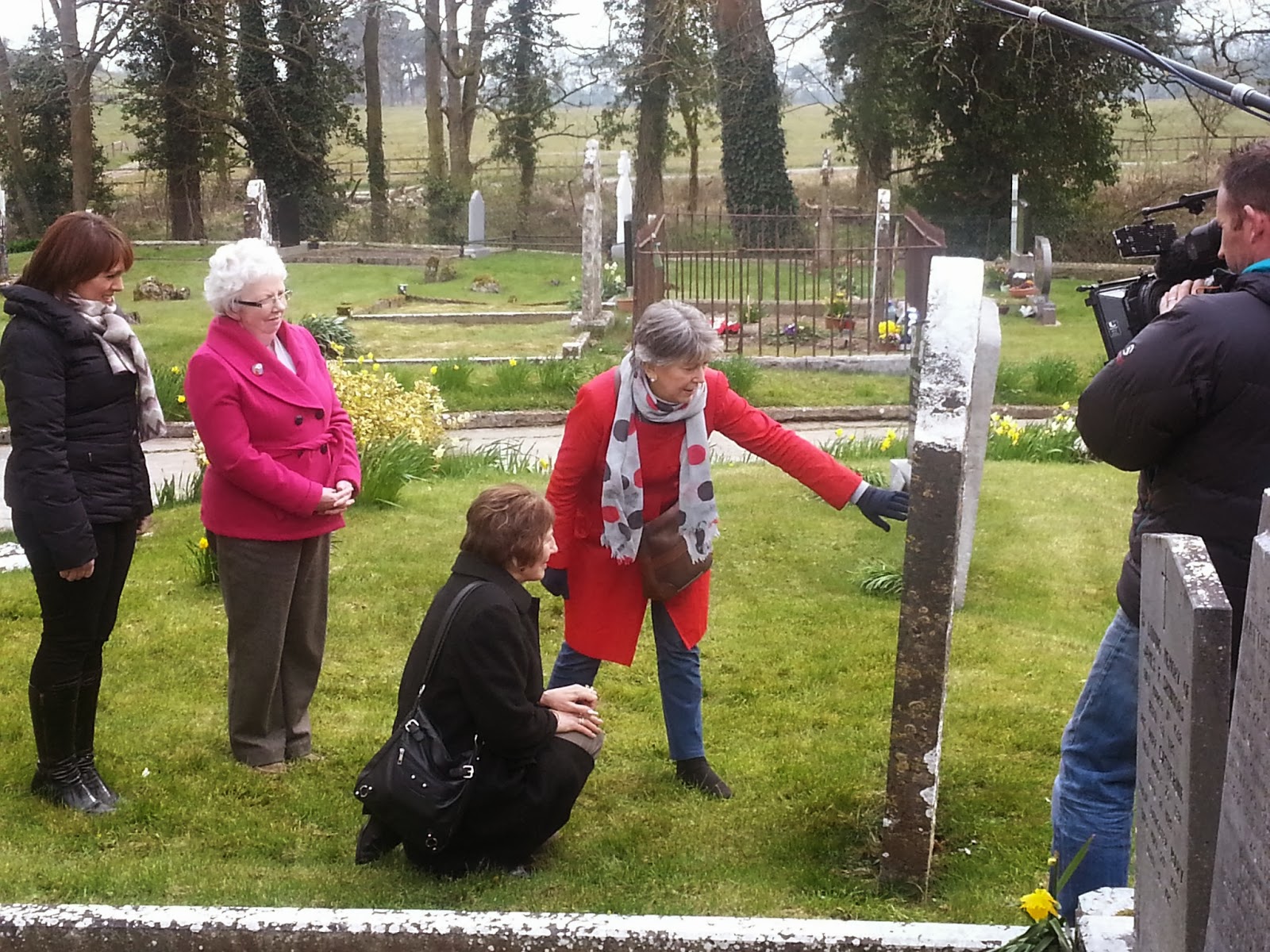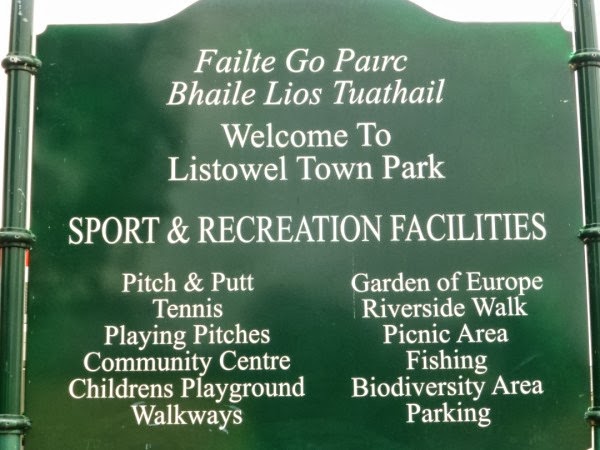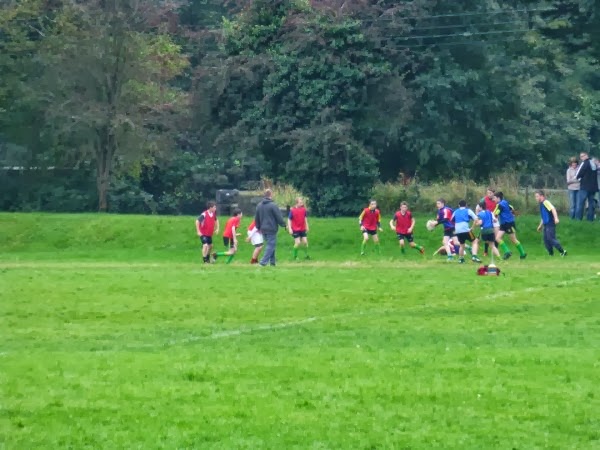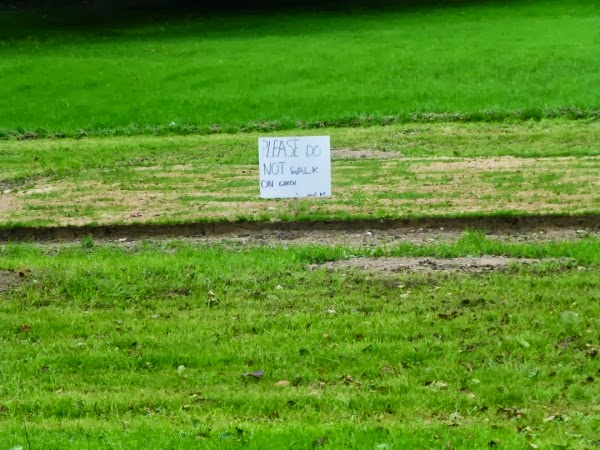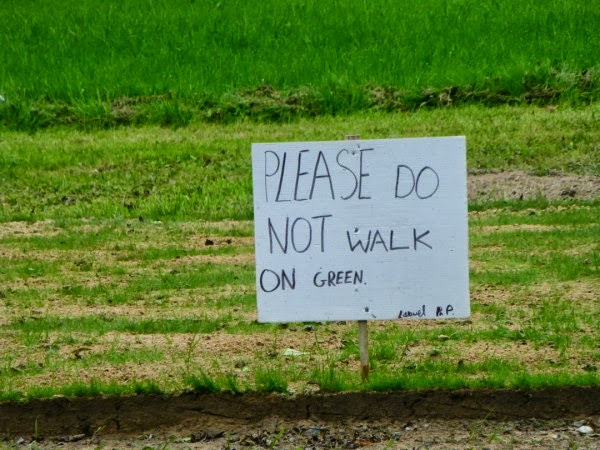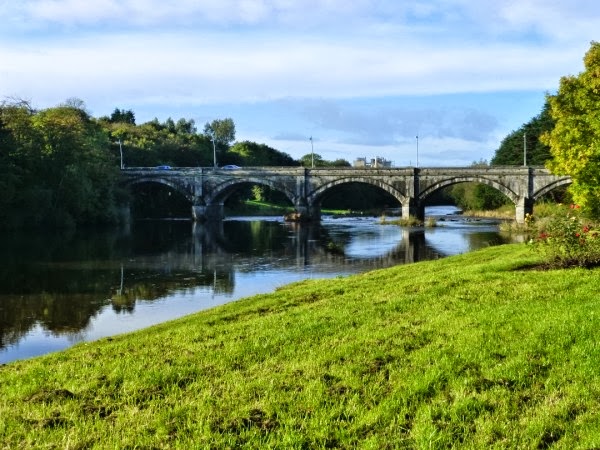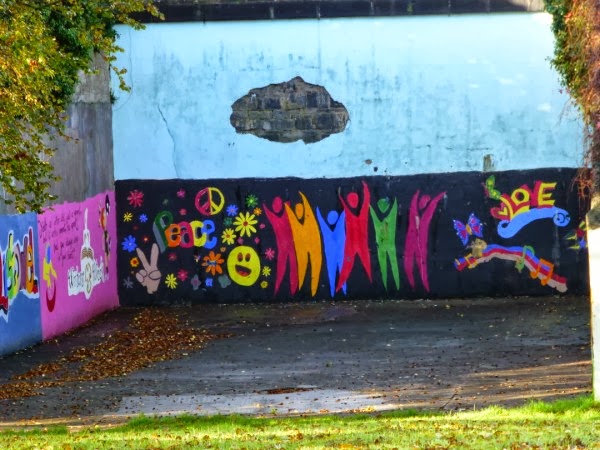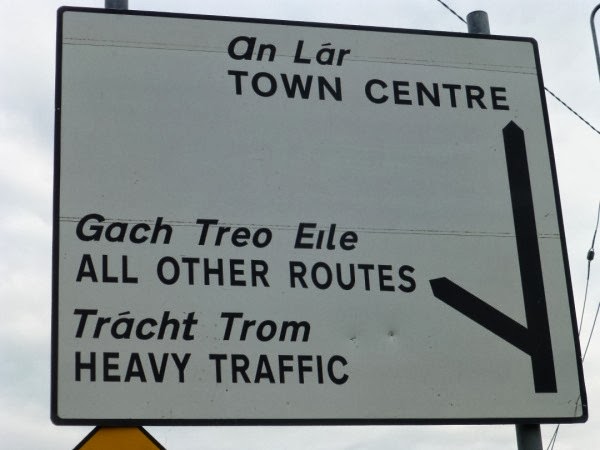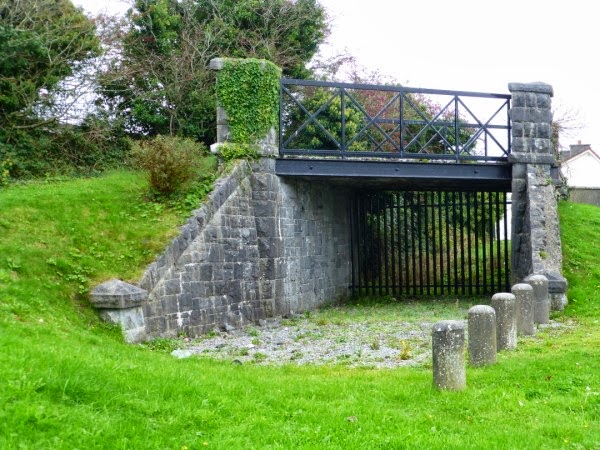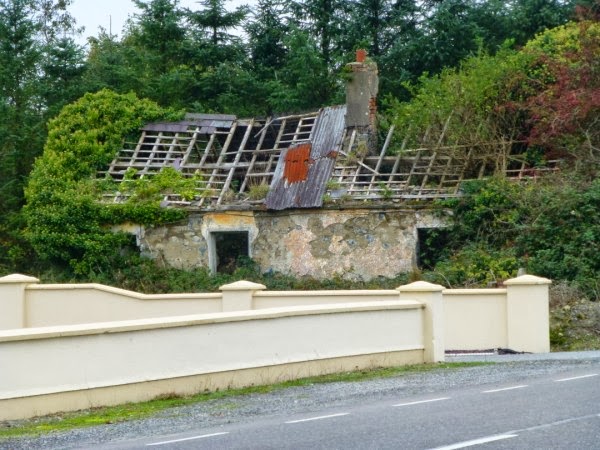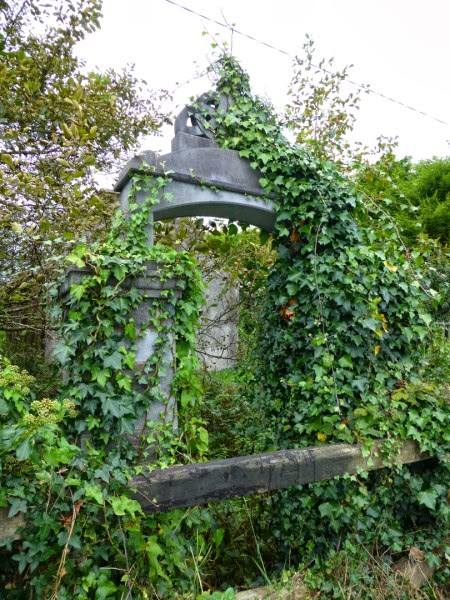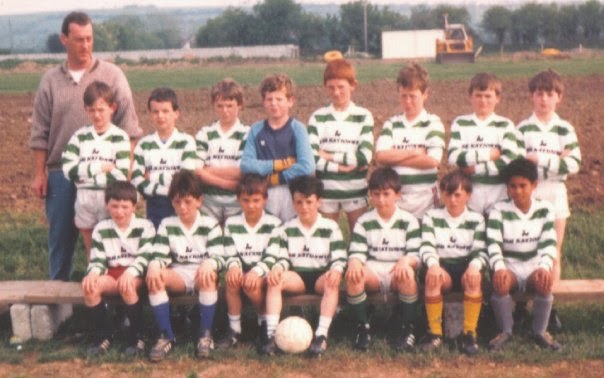Big Day for Drama in Listowel
The pinnacle of achievement in amateur drama is a win at The All Ireland Drama Festival in Athlone. Listowel Players did it in style in 1959 with a brand new play. Sive, with its hard hitting gritty realism broke the mould in Irish drama and held a mirror up to rural Irish society. The play is an Irish Romeo and Juliet. It has become a classic and is as gripping today as it was in 1959.
I am indebted to Margaret Dillon and Kay Caball for photos and memories of Listowel Drama group’s great win at The All Ireland Drama Festival in Athone with their production of John B. Keane’s Sive.

Bryan McMahon, on behalf of The Listowel Players accepting the
Esso Trophy for Best Play at The All Ireland Drama festival.
Left to Right; Brian Brennan, Siobhan
Cahill, Brendan Carroll, Bryan McMahon, President Listowel Drama Group, Representative of Esso (the sponsors of the trophies) , Margaret Moloney, Chairman Listowel
Drama Group, Margaret Dillon, Nora Relihan.

Front Row From Left:
Jeffrey
O’Connnor(Cahirciveen, Sheila Keane’s Husband)
Brendan
Carroll
(Carroll Henigan, William St)
Margaret
Dillon (She played Sive)
John
B. Keane
Cecile
Cotter
(‘Tasty Cotter’s’ sister – Scully’s Corner used to be called Cotter’s
Corner)
Nora
Relihan
Dan
Moloney T.D., (grandfather of our mayor, Jimmy Moloney)
Second Row Left to Right
John
Cahill,
(Main St.,)
Hilary
Neilsen, (Bridge Road)
Siobhan
Cahill(Main St.)
Bill
Kearney (Lr.
William St. – where Nora Canty’s is now)
Harry
Geraghty
(Bank of Ireland or maybe National Bank?)
Eamon
Keane
Mrs. Peggie Walsh
( The Square)
Back Row, Left to Right
John
Flaherty
(Charles St)
Margaret
Moloney(Gurtinard, grandmother of the current mayor of Listowel, Jimmy Moloney)
Kevin
Donovan(Upper William St)
Seamus
Ryle (Nora
Relihan’s brother)
Ina
Leahy
(Leahys, Market St)
Dr.
Johnny Walsh
Peg
Schuster
(John B’s sister)
<<<<<<<<
My tribute to the late Lou Reed…. his lovely 9/11 poem
Laurie if you’re sadly listening
The birds are on fire
The sky glistening
While I atop my roof stand watching
Staring into the spider’s clypeus
Incinerated flesh repelling
While I am on the rooftop yearning
Thinking of you
Laurie if you’re sadly listening
Selfishly I miss your missing
The boundaries of our world now
changing
The air is filled with someone’s
sick reasons
And I had thought a beautiful
season was
Upon us
Laurie if you’re sadly listening
The phones don’t work
The bird’s afire
The smoke curls black
I’m on the rooftop
Liberty to my right still standing
Laurie, Evil’s gaunt desire is
Upon me
Laurie if you’re sadly listening
Know one thing above all others
You were all I really thought of
As the TV blared the screaming
The deathlike snowflakes
Sirens screaming
All I wished was you to be holding
Bodies frozen in time jumping
Bird’s afire
One thing me thinking
Laurie if you’re sadly listening
Love you
Laurie if you’re sadly listening
Love you.
(Written for The New York Times Magazine on Oct. 6, 2001)
<<<<<<<
Yesterday’s Dublin City Marathon

Interestingly the race was won by a man called Hehir, (pronounced hare).
